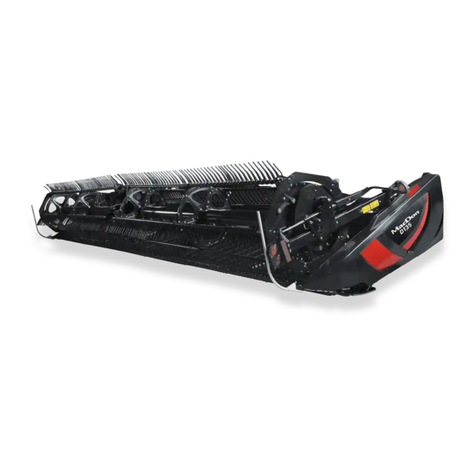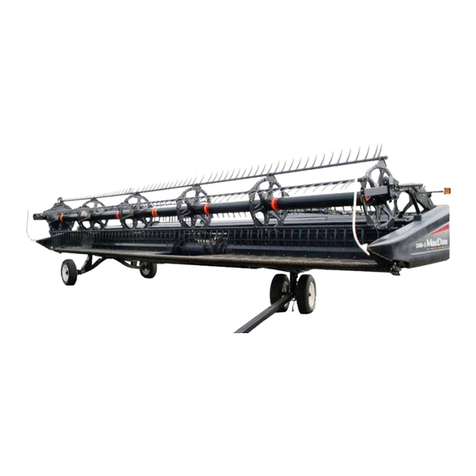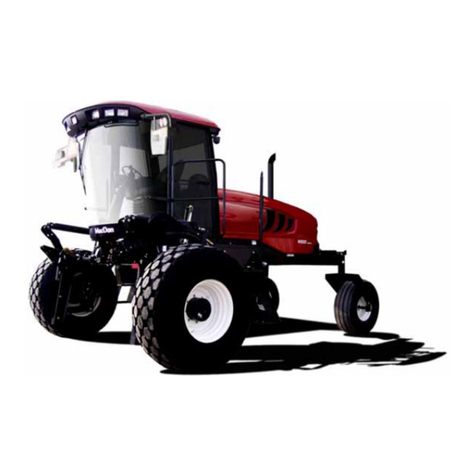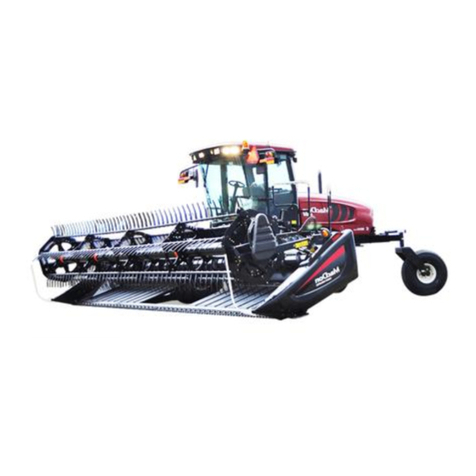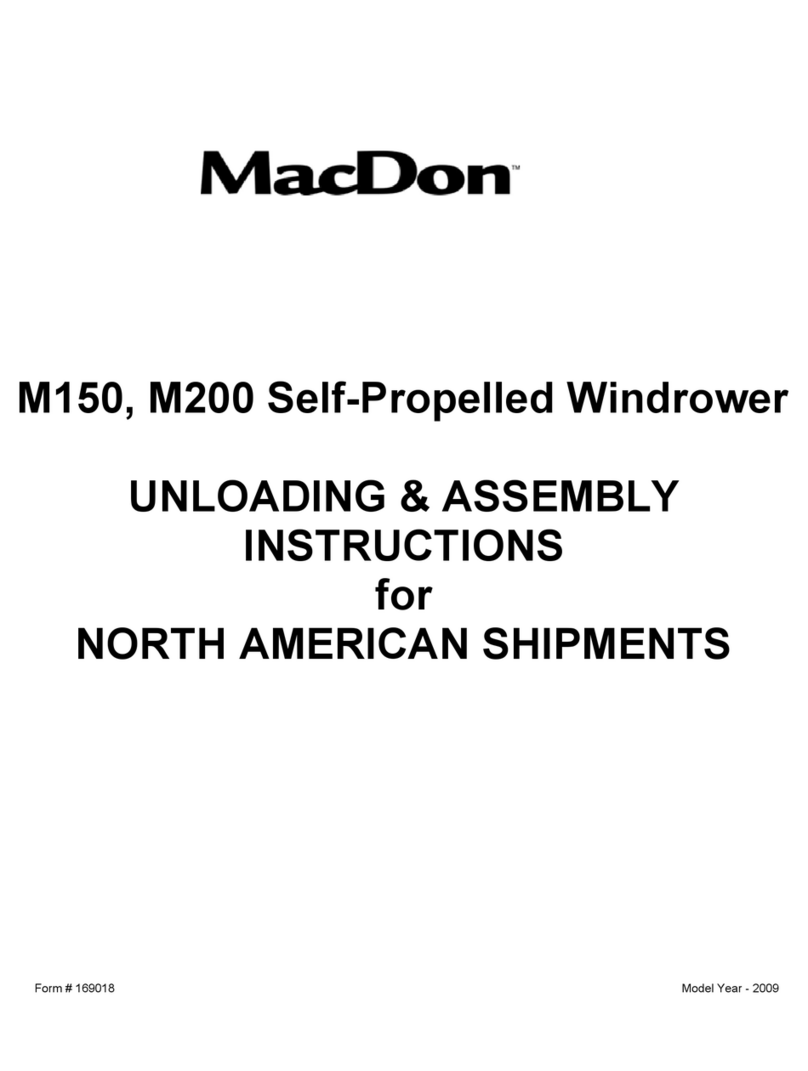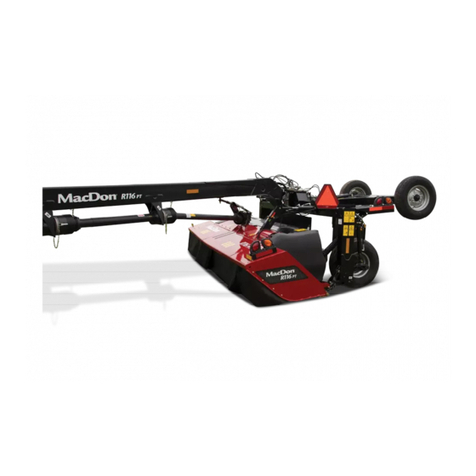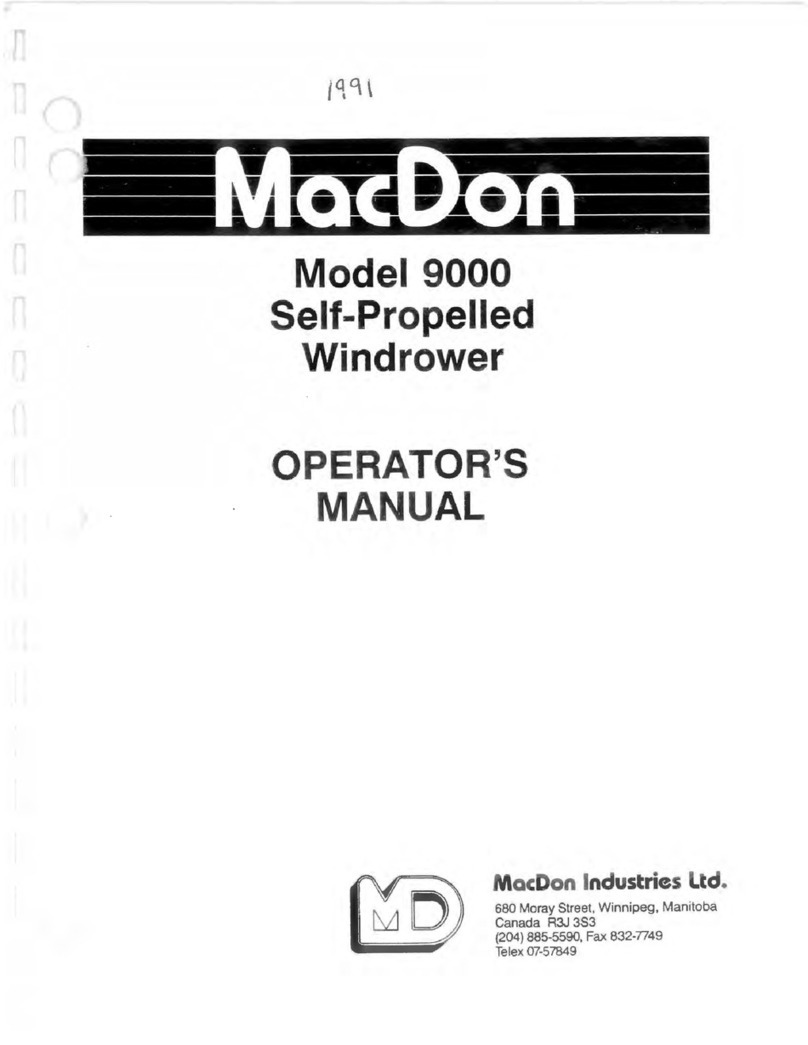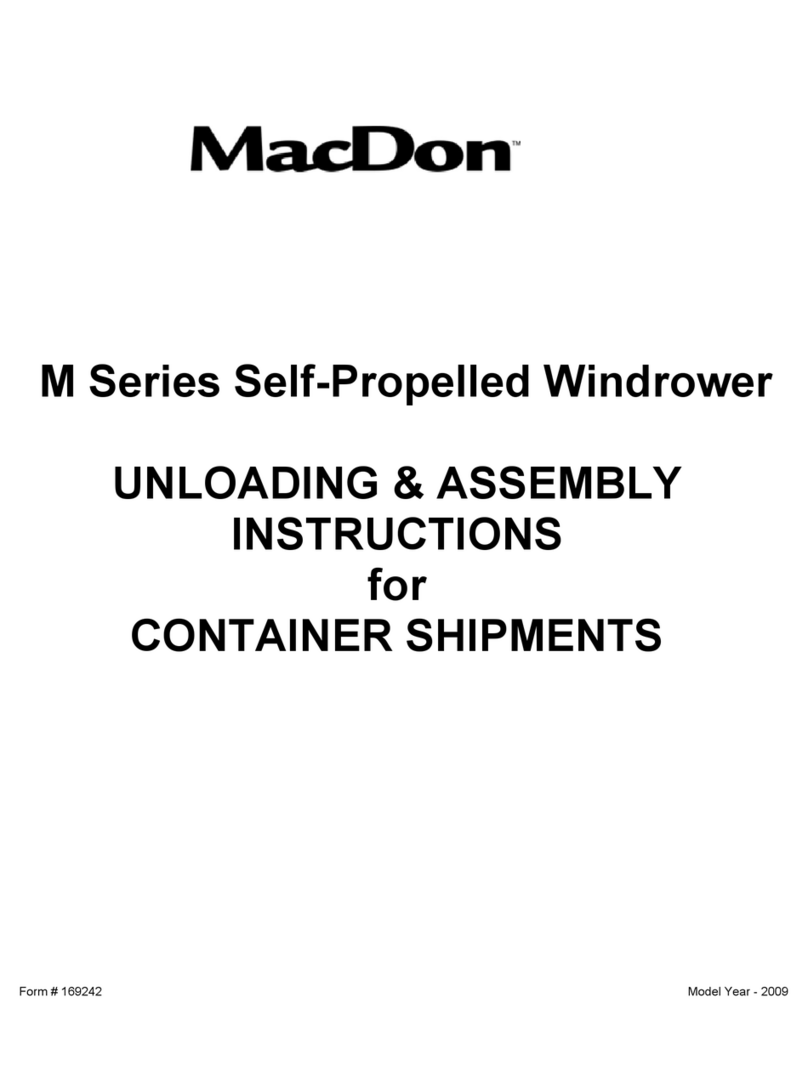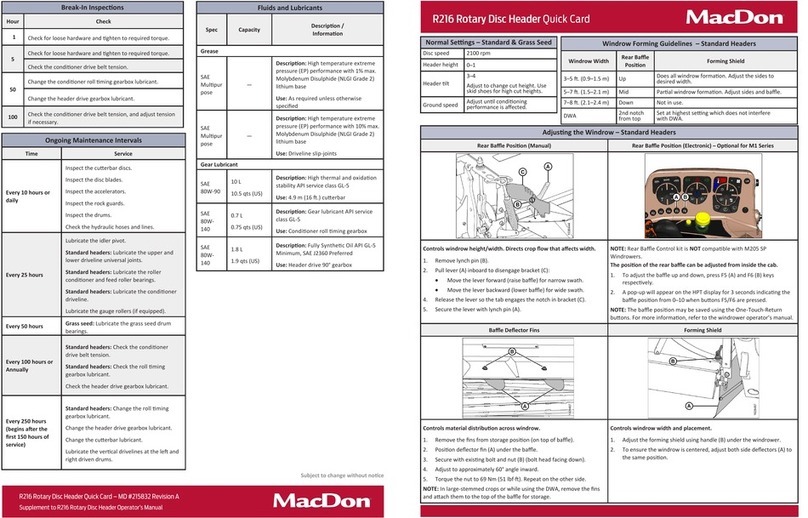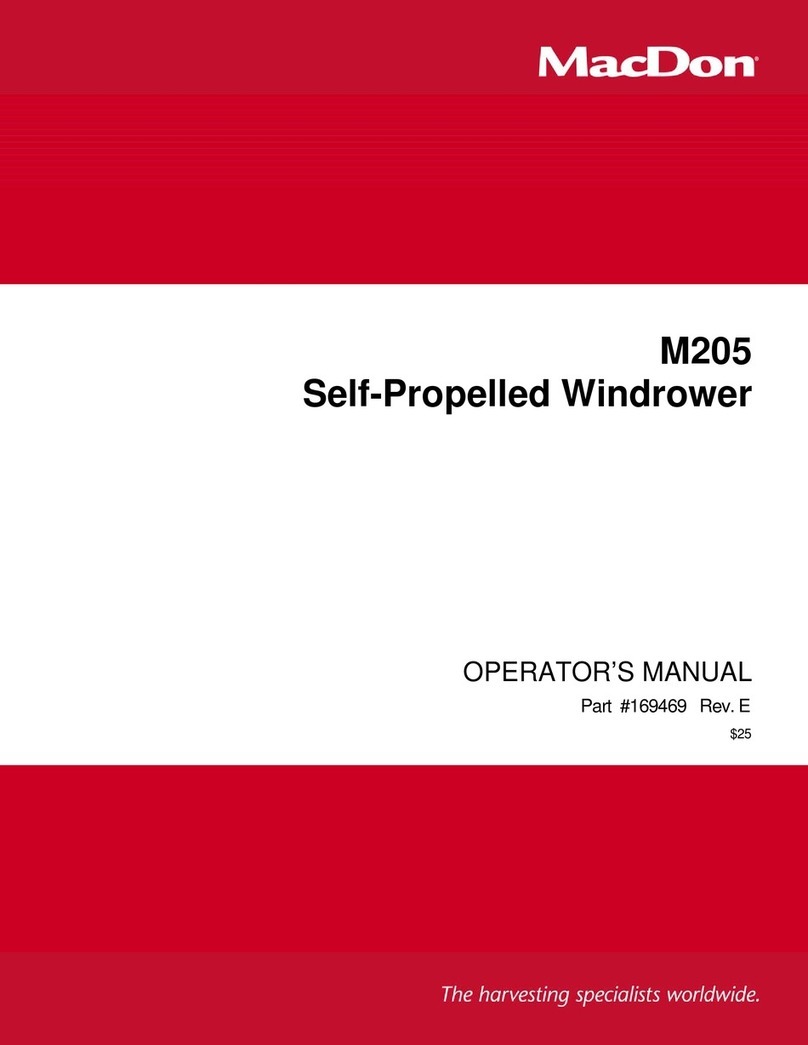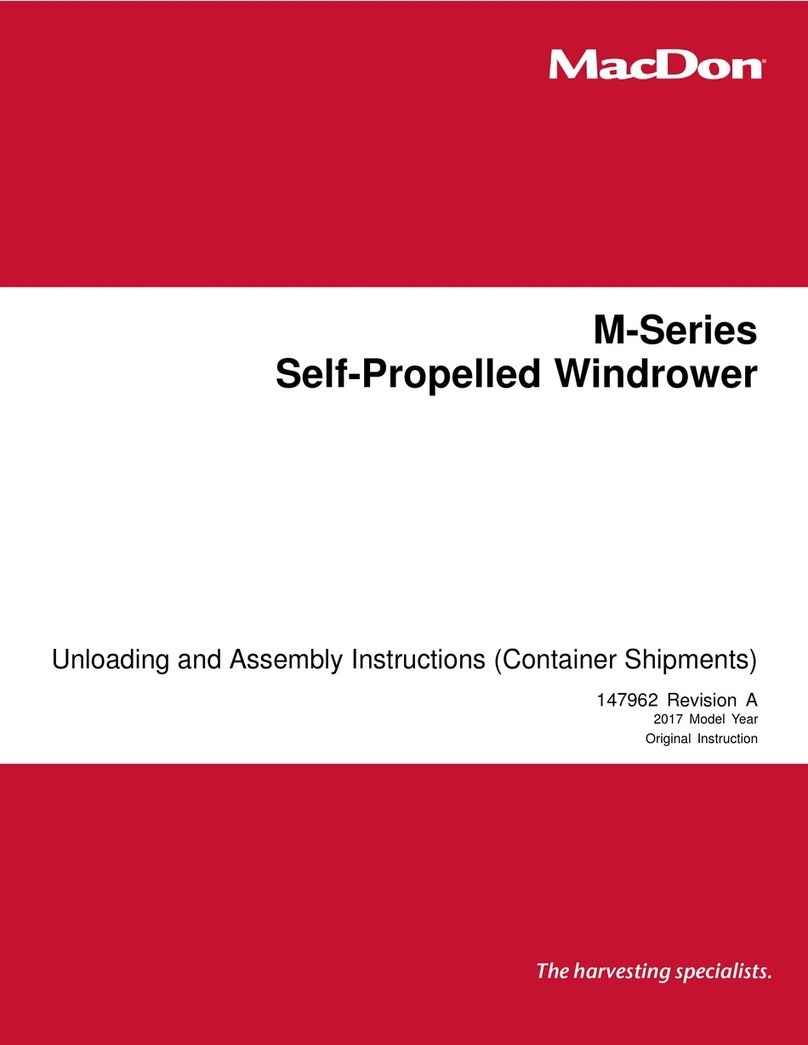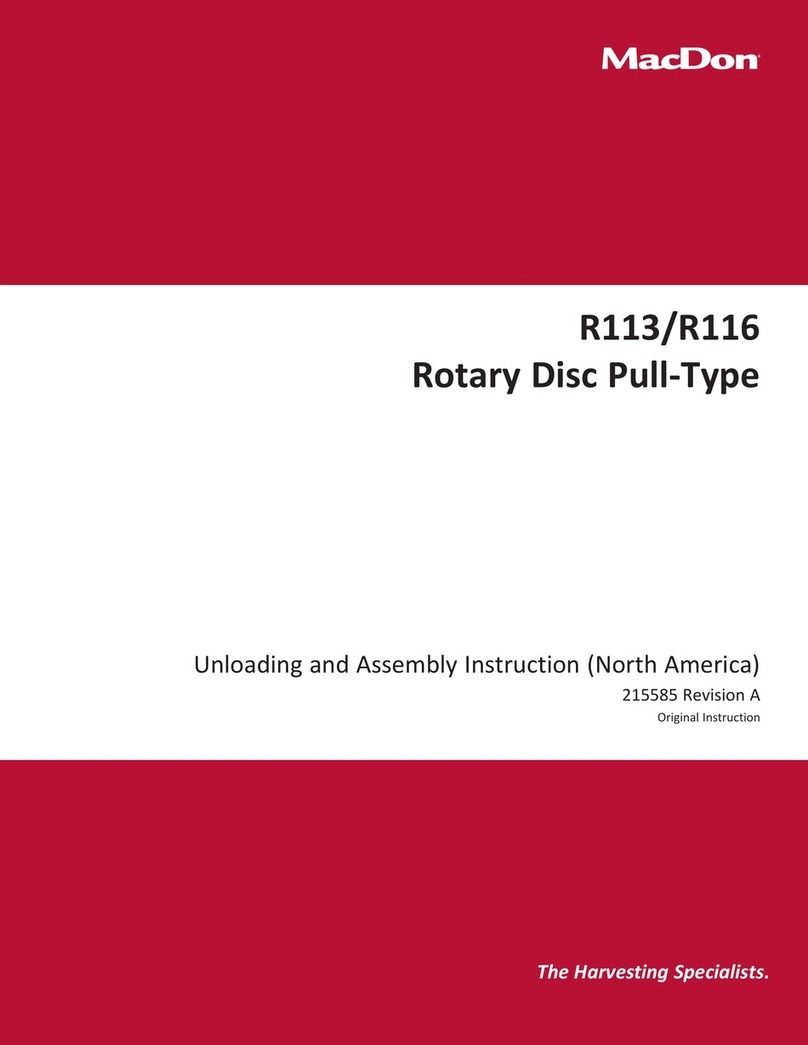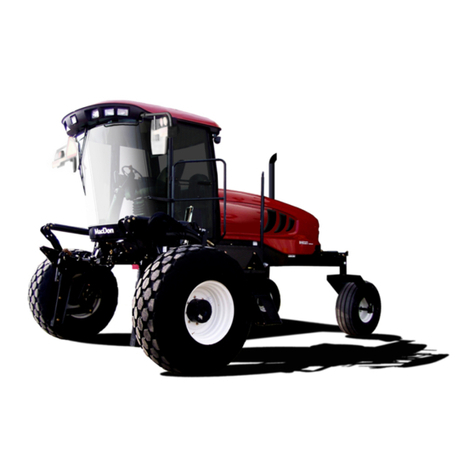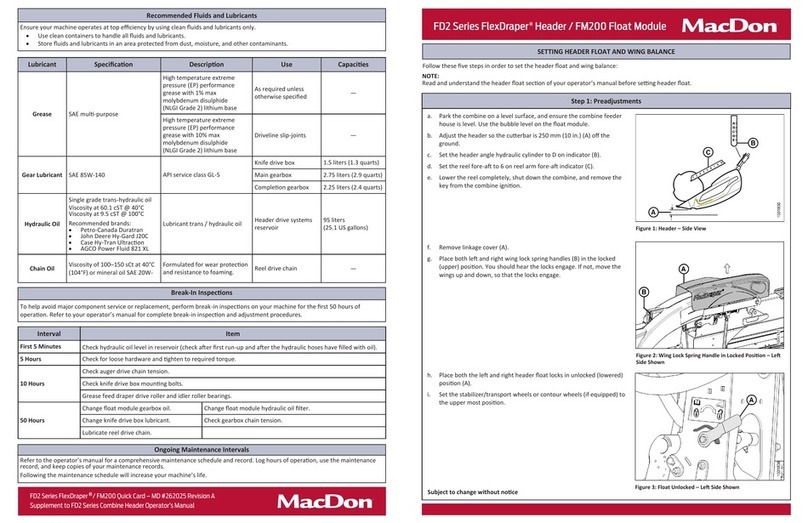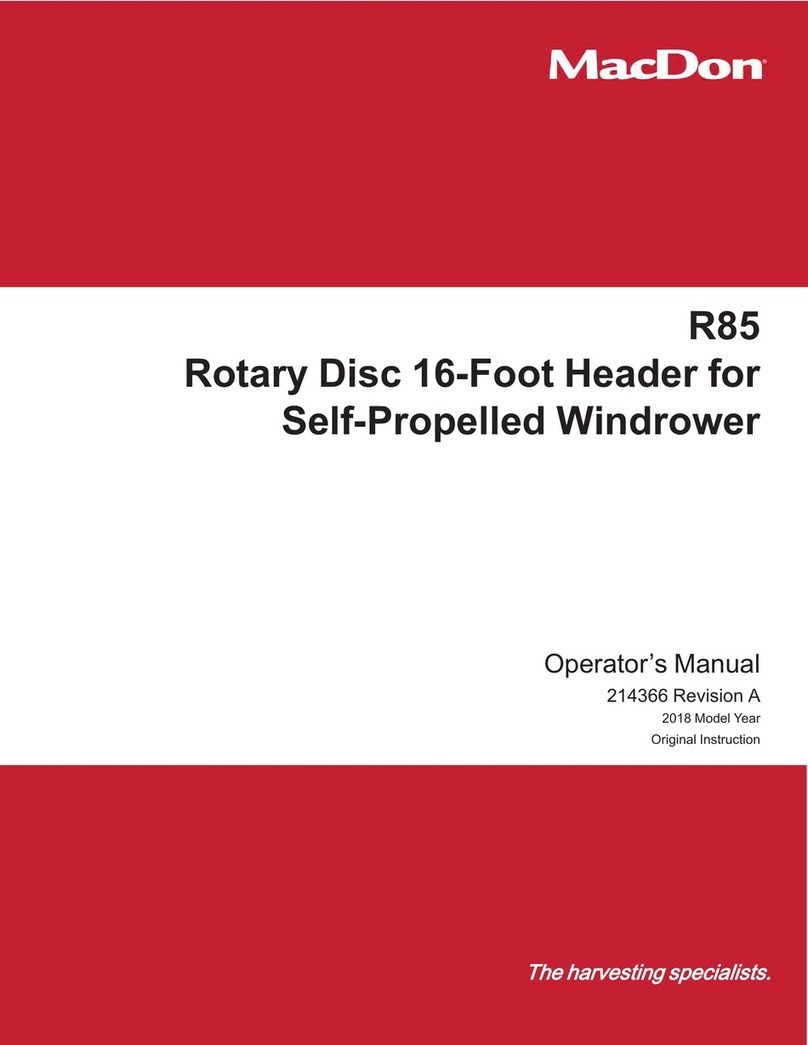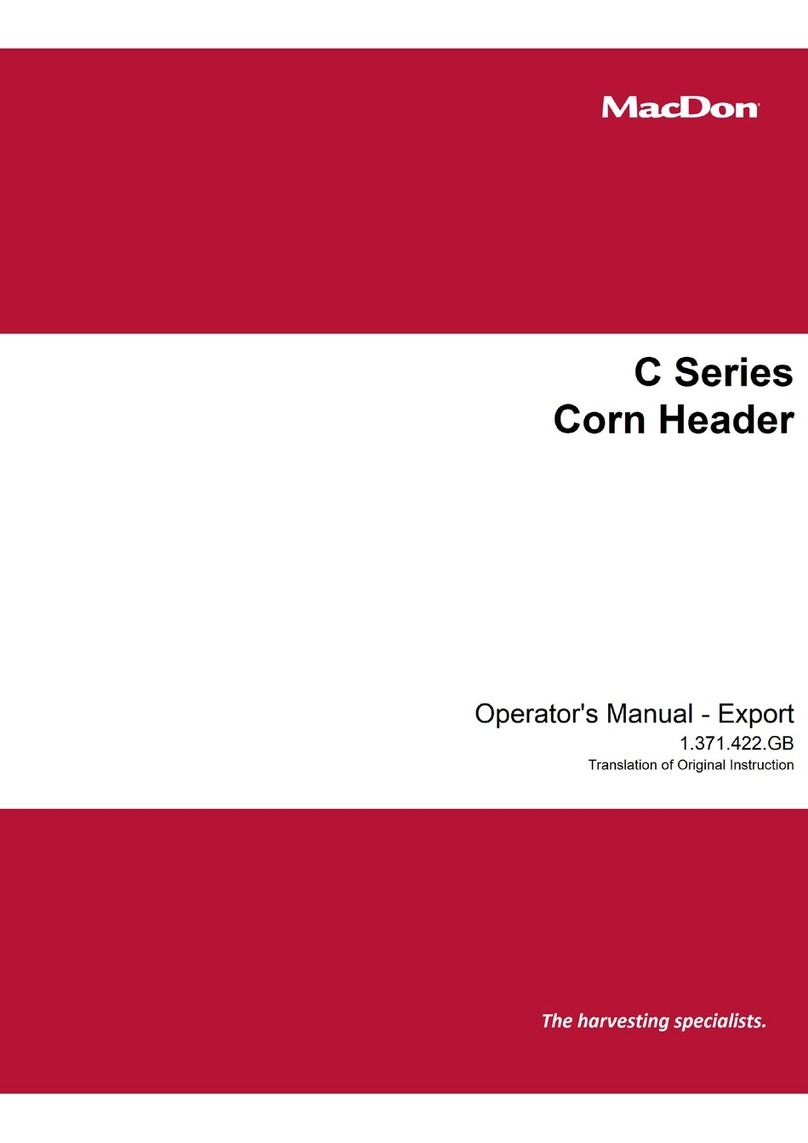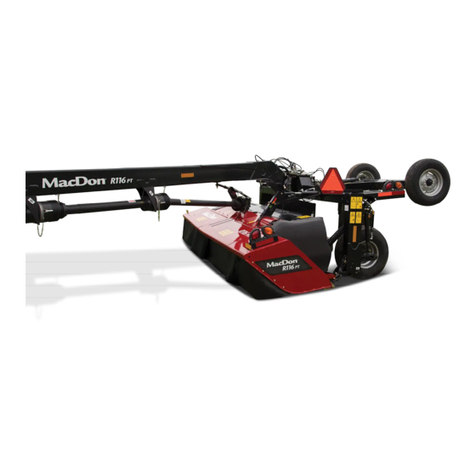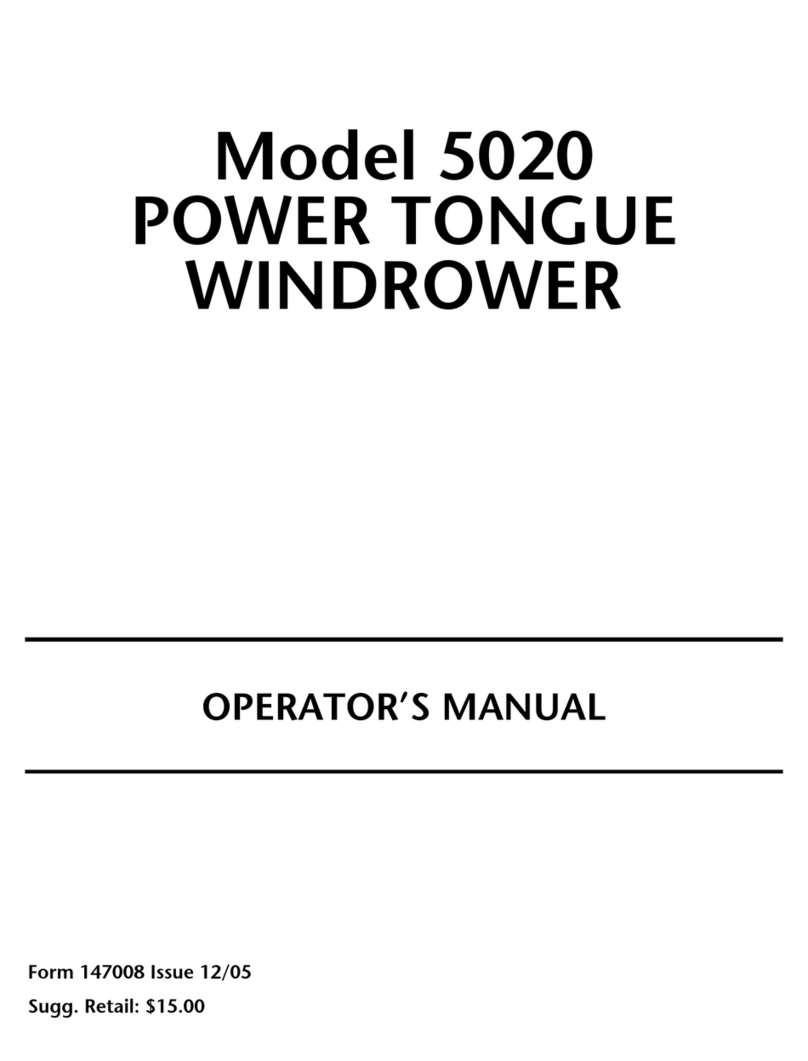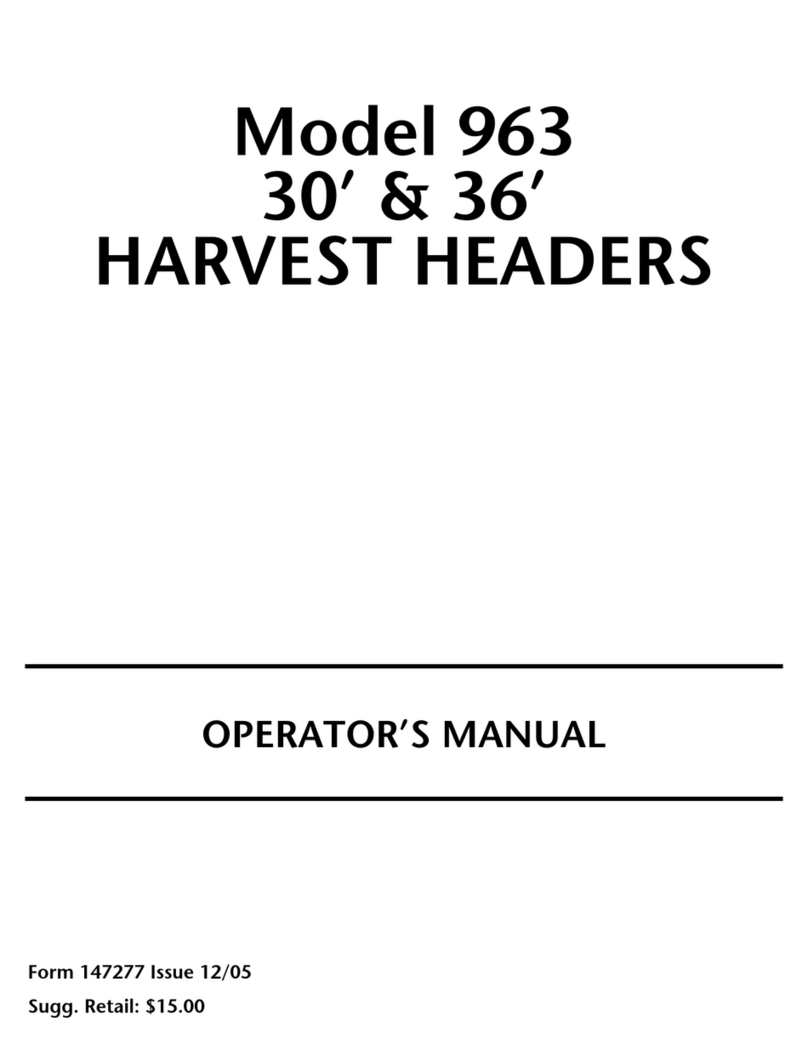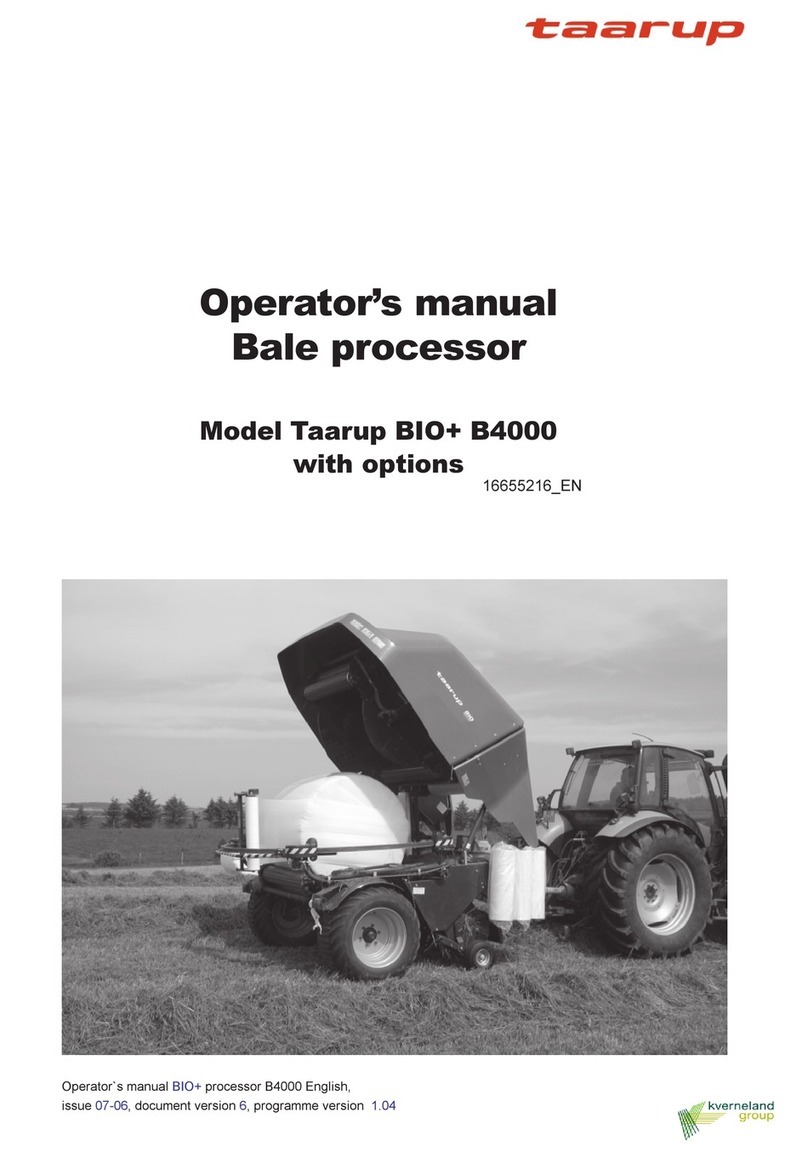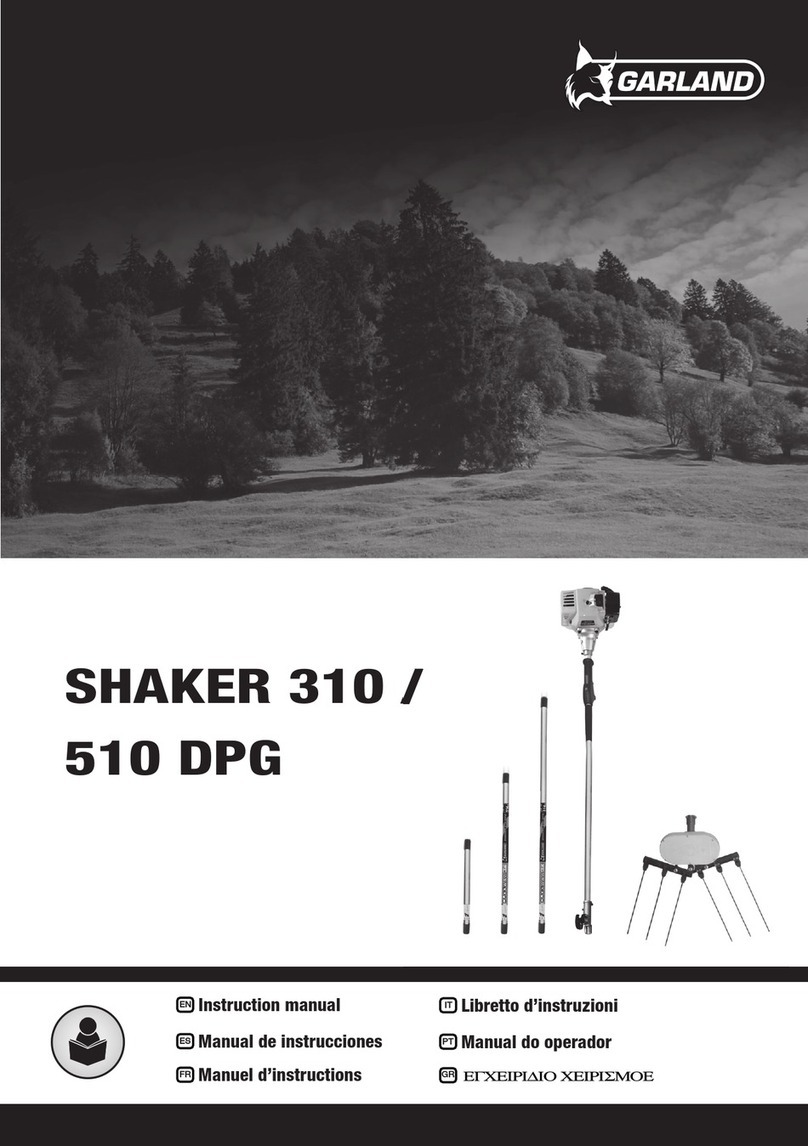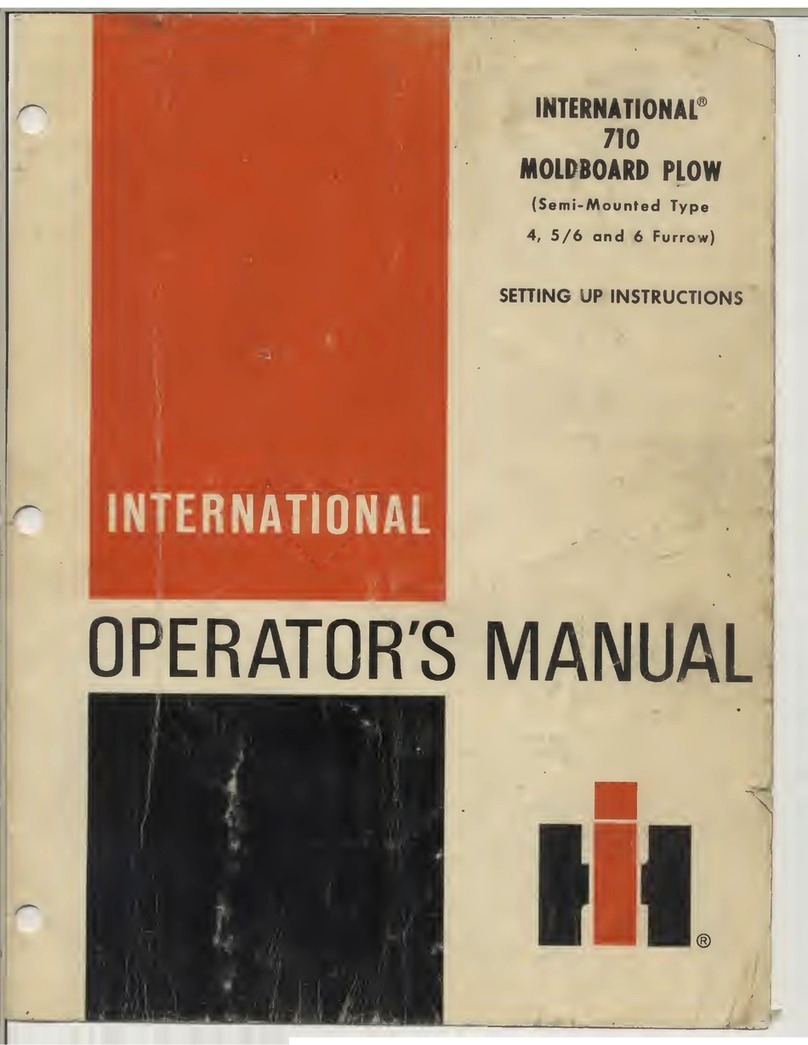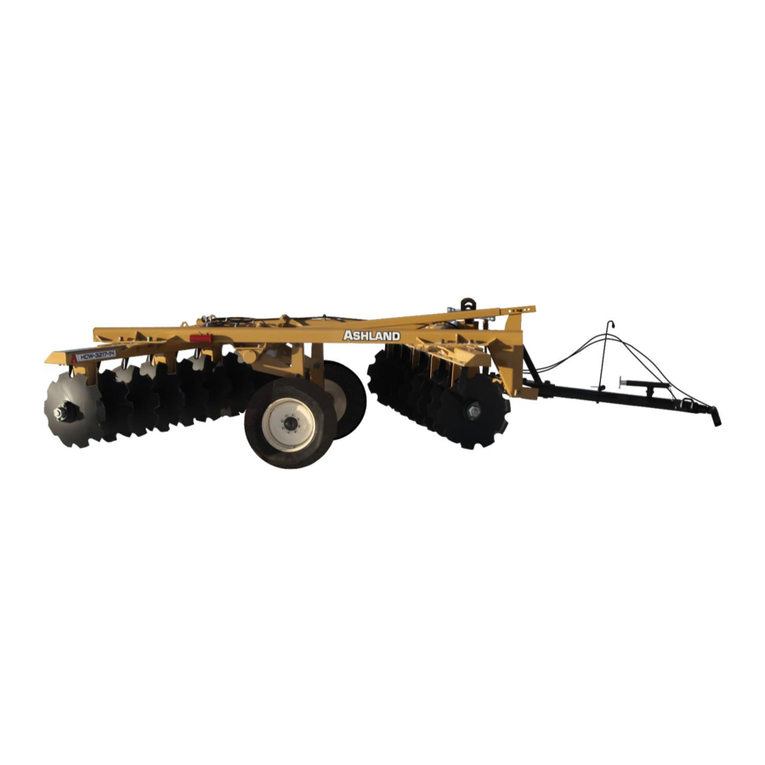
214880 iv Revision A
3.9 Reconfiguring Cutterbar Crop Stream....................................................................................................... 47
3.9.1 Changing R216 SP Cutterbar Crop Stream Configuration ..................................................................... 48
3.10 Conditioner ....................................................................................................................................... 49
3.10.1 Roll Gap.................................................................................................................................... 49
Adjusting Roll Gap ...................................................................................................................... 49
3.10.2 Roll Tension .............................................................................................................................. 50
Adjusting Roll Tension ................................................................................................................. 50
3.10.3 Roll Timing ................................................................................................................................ 51
Checking Roll Timing ................................................................................................................... 51
Adjusting Roll Timing................................................................................................................... 51
3.10.4 Adjusting Forming Shields –Roll Conditioner................................................................................... 54
Positioning Forming Shield Side Deflectors –Roll Conditioner............................................................. 54
Positioning Rear Baffle –Roll Conditioner ....................................................................................... 55
3.11 Haying Tips ........................................................................................................................................ 58
3.11.1 Curing ...................................................................................................................................... 58
3.11.2 Topsoil Moisture ........................................................................................................................ 58
3.11.3 Weather and Topography ............................................................................................................ 58
3.11.4 Windrow Characteristics.............................................................................................................. 59
3.11.5 Driving on Windrow.................................................................................................................... 59
3.11.6 Using Chemical Drying Agents ...................................................................................................... 59
3.12 Transporting the Header ...................................................................................................................... 60
Chapter 4: Maintenance and Servicing.................................................................................................... 61
4.1 Preparing Machine for Servicing.............................................................................................................. 61
4.2 Recommended Safety Procedures ........................................................................................................... 62
4.3 Maintenance Requirements ................................................................................................................... 64
4.3.1 Maintenance Schedule/Record....................................................................................................... 64
4.3.2 Break-In Inspections ..................................................................................................................... 66
4.3.3 Preseason Servicing...................................................................................................................... 66
4.3.4 End-of-Season Servicing ................................................................................................................ 67
4.4 Lubrication .......................................................................................................................................... 68
4.4.1 Greasing Procedure ...................................................................................................................... 68
4.4.2 Lubrication Locations.................................................................................................................... 69
4.5 Cutterbar System.................................................................................................................................. 71
4.5.1 Lubricating Cutterbar.................................................................................................................... 71
Checking and Adding Cutterbar Lubricant ....................................................................................... 71
Draining the Cutterbar................................................................................................................. 74
Filling Lubricant into a Repaired Cutterbar ...................................................................................... 74
4.5.2 Maintaining Cutterbar Discs........................................................................................................... 75
Inspecting Cutterbar Discs ............................................................................................................ 76
Removing Cutterbar Discs ............................................................................................................ 77
Installing Cutterbar Discs.............................................................................................................. 78
4.5.3 Replacing Cutterbar Spindles.......................................................................................................... 80
Removing Cutterbar Spindles ........................................................................................................ 81
Installing Cutterbar Spindles ......................................................................................................... 83
4.5.4 Maintaining Discblades ................................................................................................................. 87
TABLE OF CONTENTS
